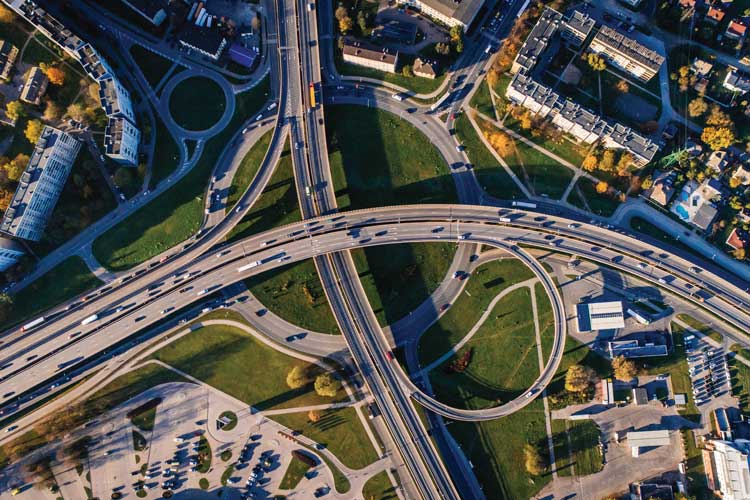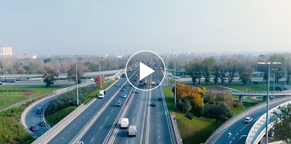It helps to know the fundamental differences between driving abroad and driving “American style.” America certainly has a legendary car culture, and it’s amazingly easy to travel across the entire country on our expansive network of highways, freeways, thruways and back roads.
Of course many people would probably say the same thing about driving in their home country, so let’s take a look at what some of the differences between driving in the U.S. and driving abroad, whether you’re coming from Europe, South America or somewhere else.
Driving in America is unique
One of the first things expats notice when they get here is that almost everywhere except in the U.S. distances are measured in kilometers rather than miles. Speed limits reflect this difference, and may not vary as widely as they do in the U.S. But units of measure and speed limits are far from the only key differences when driving overseas versus driving in the U.S.

Unlike many other countries, Americans rely mostly on cars to get around. Though there’s public transportation in the major cities the majority of the country gets around in private vehicles. Overseas this is not always the case, and it may be that bikes, walking, and public transport are the primary ways that people commute or get around.
In your home country, you may find yourself unique as a car owner and driver. That means paying attention to pedestrians, cyclists and other vehicles in ways that don’t apply here in the U.S.

For example, turning right on a red light is something that many Americans do all the time, but is likely to be an illegal and dangerous maneuver in other countries.
American roadways and rules
Then, there is the matter of highways and interstate freeways, which are so familiar to American drivers, but which are far from the norm when driving abroad. While some areas of Europe do feature systems of highways similar to those in America, that is also not the norm. The multiple, wide lanes on major roadways (including main thoroughfares through towns or cities) as well as multi-lane highways are unique to North America, too.

The U.S. has carpool or HOV lanes that help with volume during morning and evening commuting hours, and which are available only to the carpooling vehicles. There are
American school zones and rules about driving near school buses. Stopping is required whenever the bus stops to pick up or drop off children.
Many countries feature narrow roads, roundabouts that move in a counterclockwise direction, and will be full of significantly smaller vehicles. American vehicles drive on the right side of the road, while more than 70 countries drive on the left, including Australia, New Zealand, parts of Africa, some areas of South America, the UK, and more.

And what about traffic patterns on two-lane roads? In the U.S. slower vehicles are supposed to move to the right and faster traffic on the left, but this reverses when driving abroad and is not always followed in the U.S. The key is to be aware of the all these differences so you know what to expect and can get around your new home with the least amount of stress as possible.
The vehicle experts for expats
Each year, IAS places thousands of expats behind the wheel of their own vehicle. With over 50,000 customers and counting, IAS is the preferred global transportation provider, whether relocating to the Americas, APAC or EMEA. We know when relocating to another country an expat doesn’t always have the required local credit history or driving record to secure vehicle financing and insurance.
Our direct manufacturer partnerships and privileged expatriate pricing programs make it possible for us to provide you with leasing, financing, and all-inclusive rental solutions with no local credit history or driving record. These unique partner programs also allow us to provide lease financing repatriation protection in case an expats assignment is cut short. Local dealerships simply cannot offer these expat-specialized deals.
If we can answer any questions or help with your transportation needs, please contact us.






